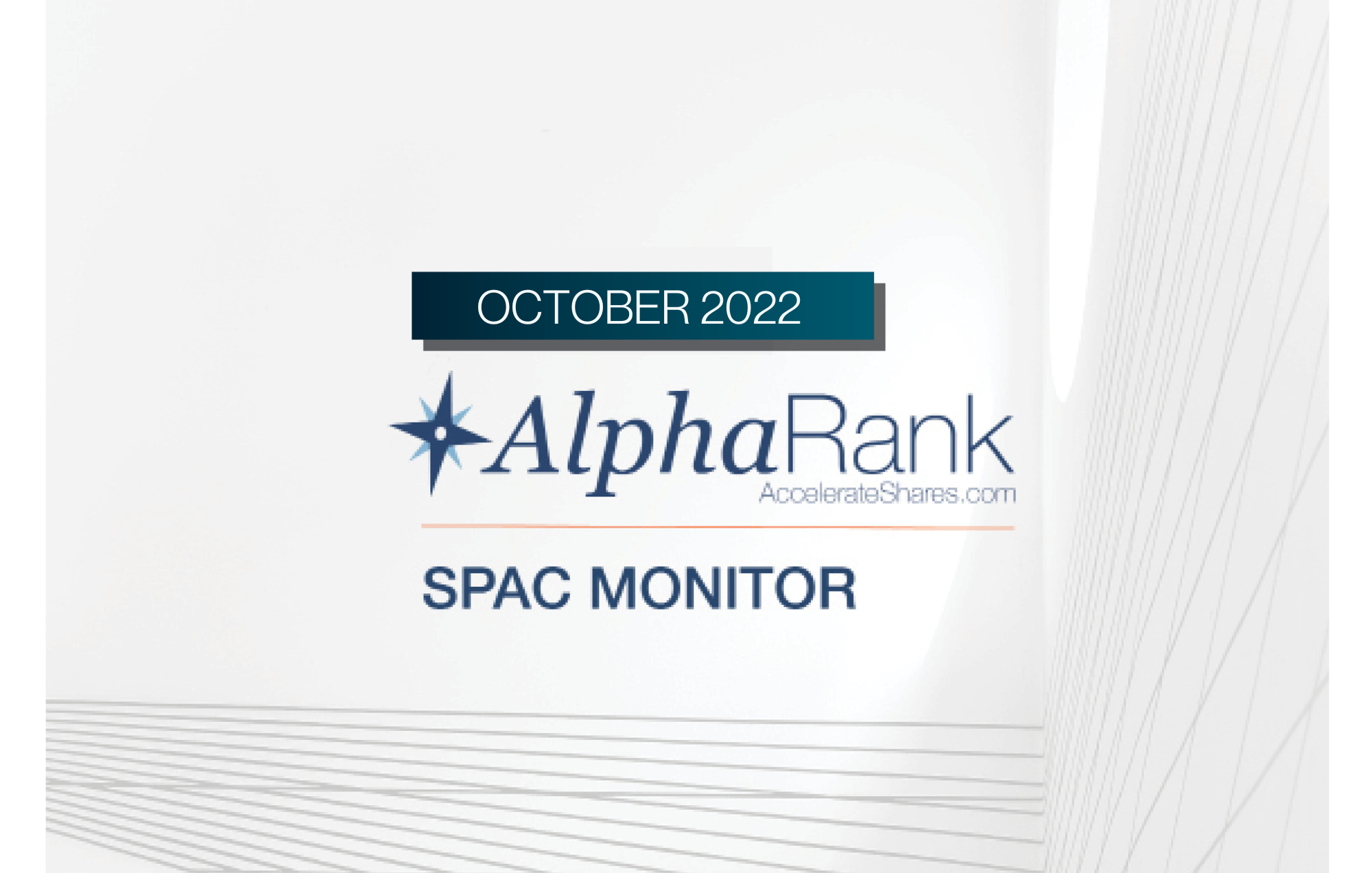
October 31, 2022 – In last month’s SPAC Monitor, I discussed the new Inflation Reduction Act of 2022 and the unintended consequences of the 1% share buyback tax’s effect on SPACs.
If the Government told you there would be a 1% tax on the money you withdrew from your chequing account starting in 2023, this would be bad news, right?
Sometimes unintended consequences create unexpected results.

Source: Twitter
In a challenging year for most asset classes, the negative excise tax has yielded a positive investment opportunity.
Specifically, the threat of a 1% excise tax applied to SPACs could hit sponsors in 2023. Instead of the chance of covering this tax, which could cost more than $10 million for the largest blank check companies, some sponsors have chosen to stage a shareholder vote to liquidate in 2022.
The net effect of accelerating the maturity date of a SPAC means stockholders get their money back quicker. Given that SPACs at a discount are equivalent to owning a T-bill at 98 cents on the dollar, the shorter the tenor, the higher the yield. Once the market knows the maturity date will be accelerated, market participants bid up the SPAC’s price to match its peer’s 6% yield. Hence, the bump in price in the chart above.
For example, a SPAC with a $10.00 NAV trading at $9.80, maturing in four months, presents a yield of 6% (a 2% return in 1/3 of a year is 6% annualized). If this maturity is reduced to just two months, then yield then jumps to 12%.
In a year in which duration has crushed investors, with long-term Treasury bonds down more than -30%, short duration is the place to be. In fact, the shorter the duration, the better.
So how do investors play it? Here’s the alpha:
SPACs that are Delaware domiciled with a late Q1 / early Q2 2023 deadline face the highest risk of excise tax payable by the sponsor and represent promising candidates for the “2022 early liquidation trade”.
There are two ways for a SPAC sponsor to dodge the excise tax. Either find a merger deal or liquidate before 2023 hits.
The SPACs with deadlines in Q1/Q2 2023 that do not have mergers signed face unlikely prospects, therefore, are most probably to throw in the towel and choose to liquidate early.
According to Alpharank.com, there are 32 Delaware-domiciled SPACs that have deadlines in March or April of 2023 without a business combination signed. They represent an aggregate $7 billion market cap (average $218 million). The Accelerate Arbitrage Fund (TSX: ARB) owns a basket of these securities, accounting for nearly 10% of its portfolio.
These 2023 SPACs generally have a yield to maturity of 6%. Many will likely file for year-end 2022 liquidation to dodge the incoming excise tax in 2023. This early liquidation would accelerate their maturity. If they pursue early liquidation, that 6% yield turns into a 12%+ yield, and bingo, a double-digit yield with limited downside risk results.
Alternatively, these SPACs may stage an early vote in late 2022 to extend their deal deadlines. The mechanism of staging a vote allows stockholders to redeem in 2022, emptying most of the SPAC’s trust account, which limits future sponsor excise tax liability while giving the vehicle more time to find a business combination (with hopefully more fruitful markets in the back half of 2023). This opportunity yields the same results – an earlier NAV realization event for investors, equating to a boosted yield.
One note of caution is that clearly, the excise tax was meant for profitable companies repurchasing shares and not blank-check companies returning capital to stockholders.
The major risk of this trade is the Treasury clarifies tax guidance for SPACs, specifically that the excise tax does not apply to liquidations or redemptions. According to a recent Bloomberg report, this initiative is a “high priority” for Treasury.
Certainly, the early liquidation of a SPAC is a surprising place to find one of the best trades of 2022, however, unintended consequences can bring unexpected (and lucrative) results.
The Accelerate AlphaRank SPAC Monitor details various metrics on the current opportunity set while offering details on every individual SPAC currently outstanding. The Accelerate AlphaRank SPAC Effective Yield tracks the average arbitrage yield offered. The Accelerate AlphaRank SPAC Index tracks the price return of the SPAC universe.



* AlphaRank is exclusively produced by Accelerate Financial Technologies Inc. (“Accelerate”). The Accelerate Arbitrage Fund may hold a number of securities discussed in this research. Visit AccelerateShares.com for more information.



